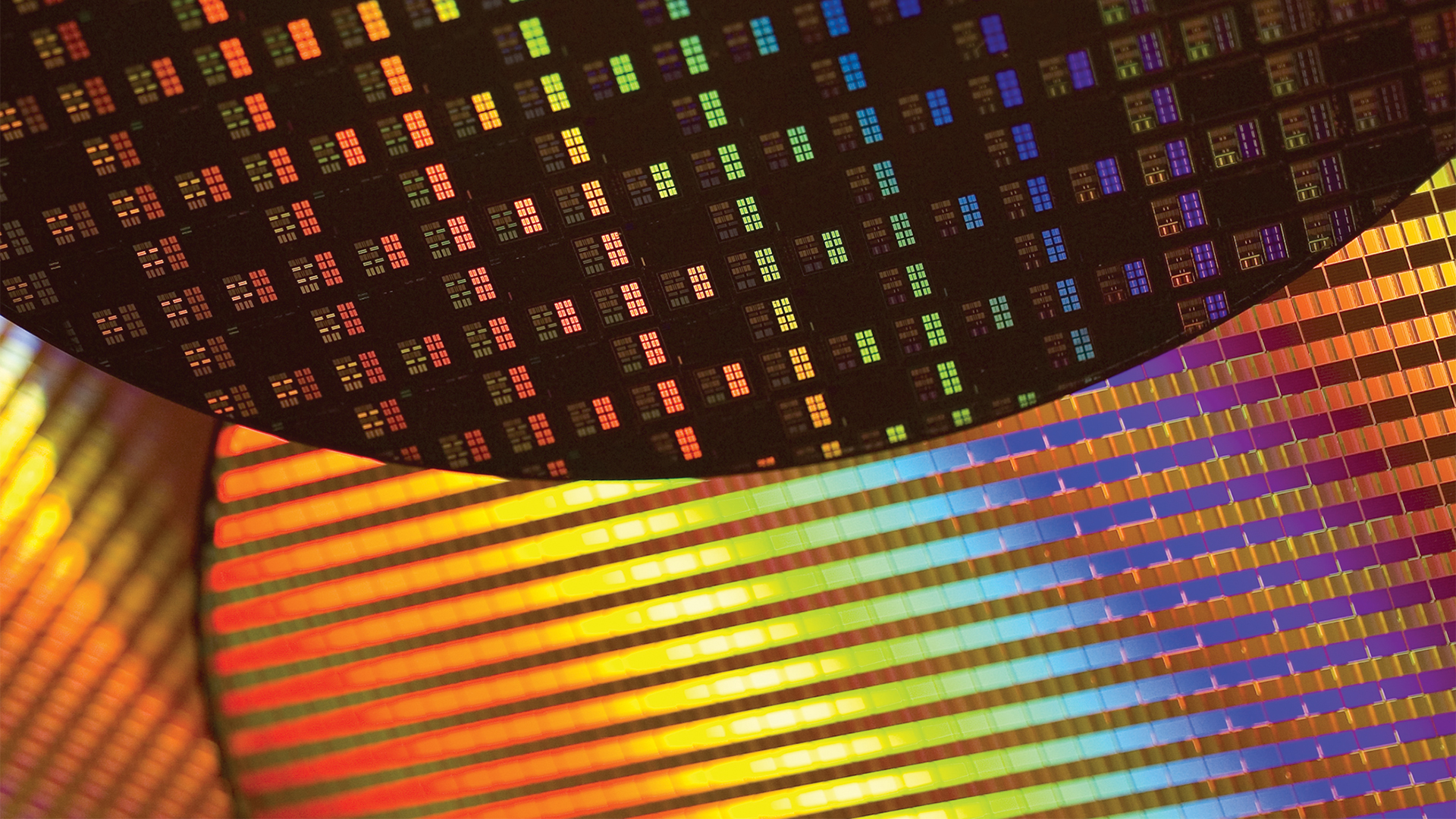
Due to cost pressures from overseas expansion and increasing electricity prices, TSMC plans to raise prices for its advanced processes to manage these challenges amidst strong demand, market tracker TrendForce reports. Production at 3nm-class nodes could increase by 5% by next year, according to China Times. While we are quoting two reports, note that both are unofficial and should be treated accordingly.
Capacity utilization of TSMC’s advanced N5/N4 (5nm-class and 4nm-class) and N3 (3nm-class) process technologies is ‘full,’ according to TrendForce. Indeed, these production nodes are used to make virtually all the leading processors for AI, HPC, personal computers, and smartphone applications that all sell at a premium like hotcakes. The contract chipmaker’s capacity utilization is expected to exceed 100% in the second half of the year, with strong demand projected to continue into 2025, TrendForce expects.
Demand for TSMC N3-series node chips is overwhelming, with production fully booked by major clients, including Apple (for M4 derivatives and M18-series SoCs bounded to iPhones and iPads) and Nvidia, until 2026, China Times claims. As a result, TSMC is looking to increase N3 quotes by 5% and advanced packaging prices by 10% to 20% next year, the source report says.
Being the main supplier of 3nm-class process technologies on the foundry market for leading chip designers and being capacity-limited for quarters to come, TSMC can increase prices both in a bid to improve its balance sheet and to enhance its manufacturing capacities for upcoming orders as demand for advanced capacities is outpacing supply these days.
Let’s speculate for a bit. It is unlikely that Nvidia will not pass increased costs to its partners or end users, so that 5% goes down the supply chain. While a 5% price increase for a graphics processing unit (GPU) may sound unimportant, we are talking about a significant cost here in the case of a premium processor. Given how expensive these processors are, we may be talking about hundreds of dollars. As everyone in the supply chain wants to get a piece of the value-added component, your next graphics card could be more expensive than your current one.
Then again, we are speculating based on unofficial reports.






